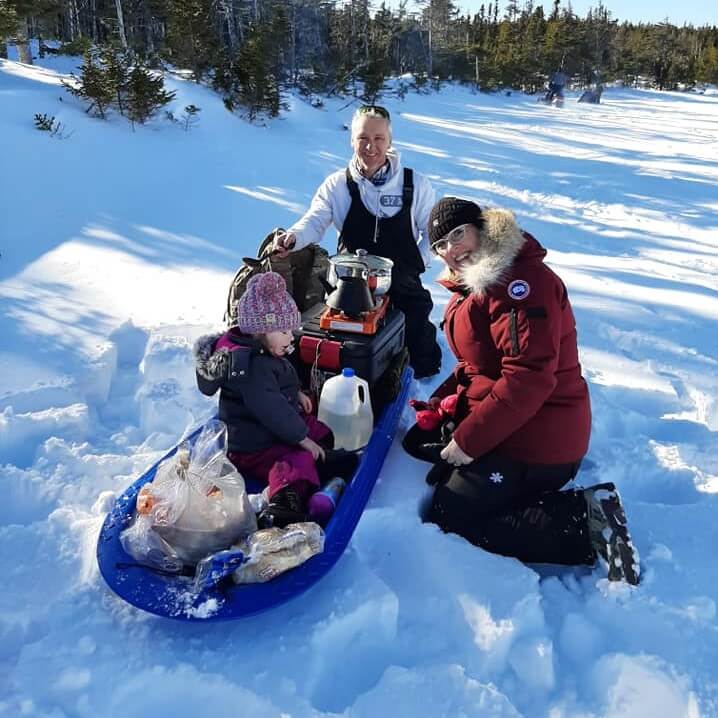History
We would like to respectfully acknowledge the territory in which we gather, as the ancestral unceded homelands of the Beothuk and the island of Newfoundland as the ancestral homelands of the Mi’kmaq and Beothuk. We are grateful to have the opportunity to work on this land and we strive for respectful relationships with all peoples.
Pouch Cove, pronounced pooch-kohv (IPA: /putʃ koʊv/), was settled by Europeans for seasonal fishing. Permanent settlement appears to occur around the early 1800’s as fishermen chose to stay year-round, the first general stores appear in the last quarter of the 1800’s as merchants supply fishermen with equipment.
The town and its residents demonstrated bravery at every opportunity. In 1875 when the schooner Water Witch was wrecked in a gulch, thirteen company and crew were saved thanks to the rescue efforts of Pouch Cove residents. During the two World Wars, around 150 women and men from Pouch Cove served in a range of roles from infantry and artillery to forestry and the merchant navy.
For most of its history Pouch Cove was an informal place, with no government or council many residents formed a citizen’s committee to lobby higher governments to provide aid or infrastructure. As late as the 1960’s these committees advocated for Pouch Cove and pressured the new provincial government to open a highway from St. John’s to the town. The town was incorporated in 1970 with Town Hall built in 1978. Pouch Cove and the neighbouring town of Shoe Cove were merged in 1987. Today, Pouch Cove is a thriving community of over two thousand residents and is located a short drive from St. John’s.
Sightseeing
East Coast Trail
The East Coast Trail is a series of hiking and nature trails running through coastal communities in Newfoundland’s Avalon region. The trail runs the length of the town’s coastal area and offers stunning views of cliffs, forests, icebergs, whales, and the Atlantic. Pouch Cove is home to two of the paths of the East Coast Trail: Biscan Cove Path and Stiles Cove Path.
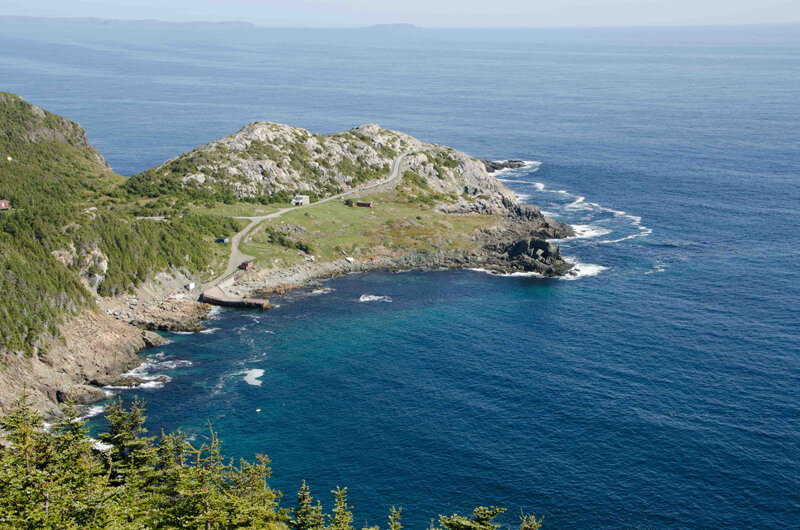
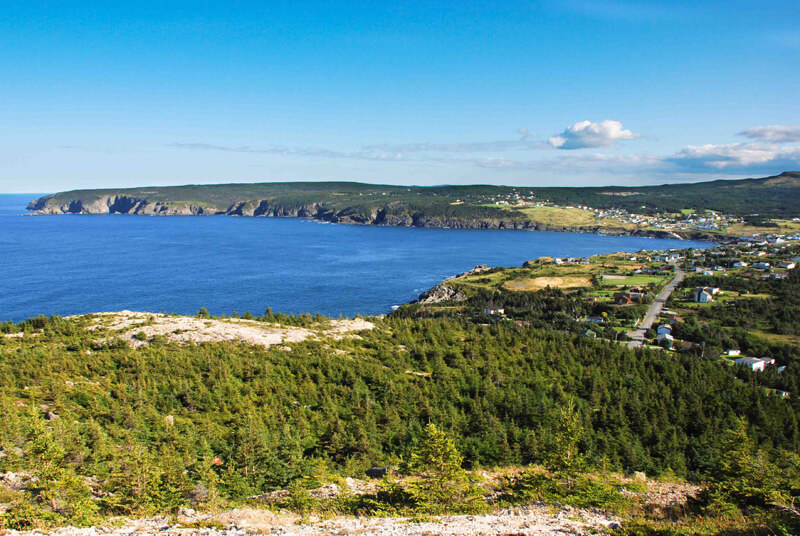
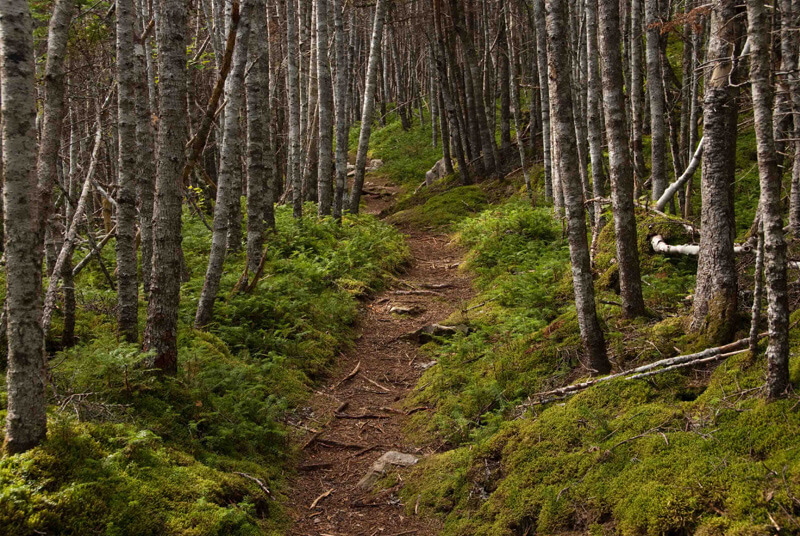
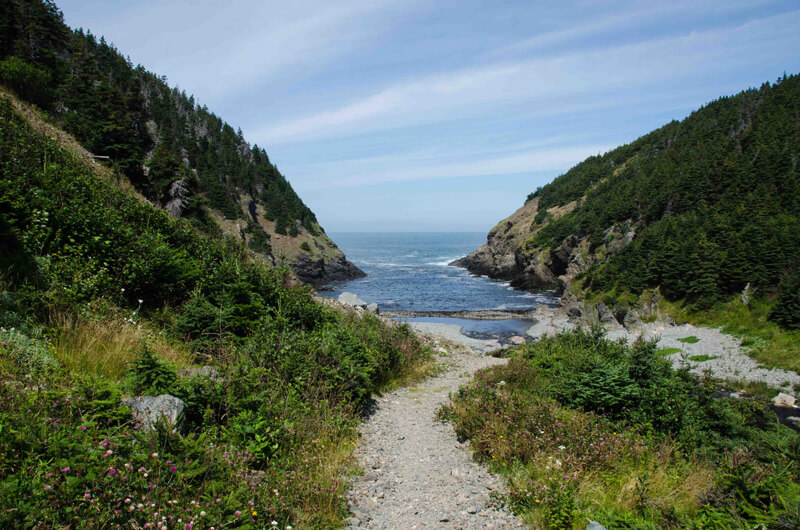
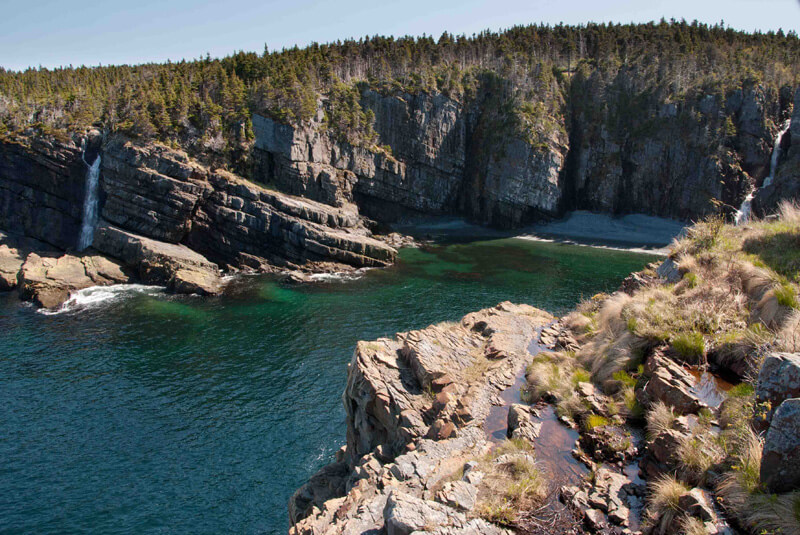
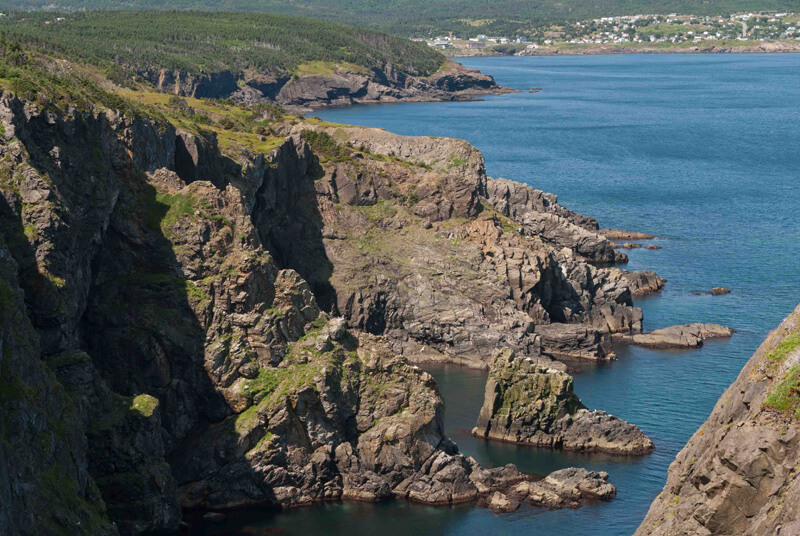
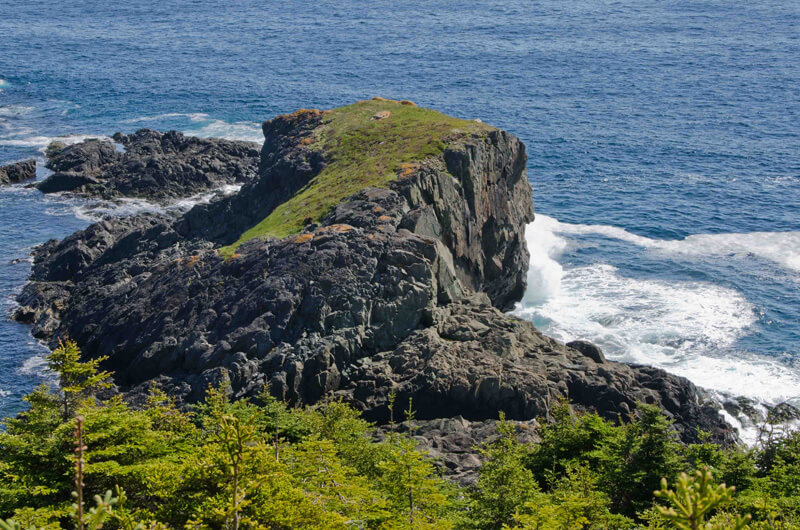
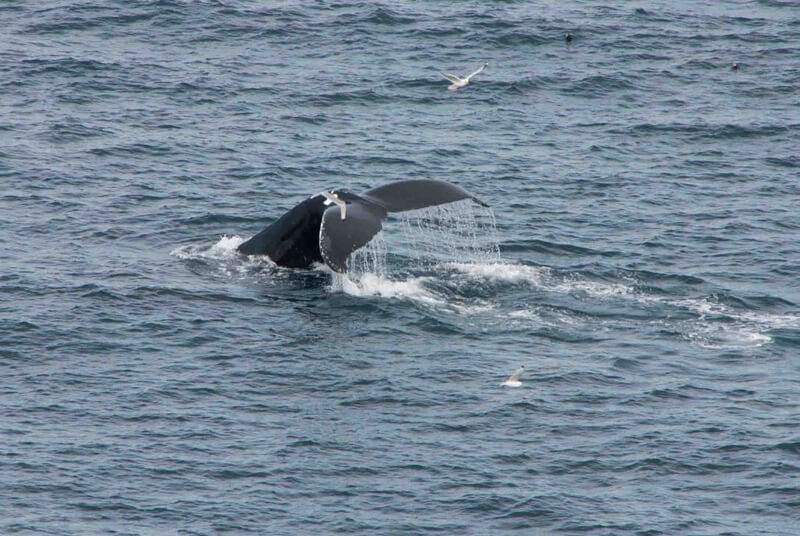
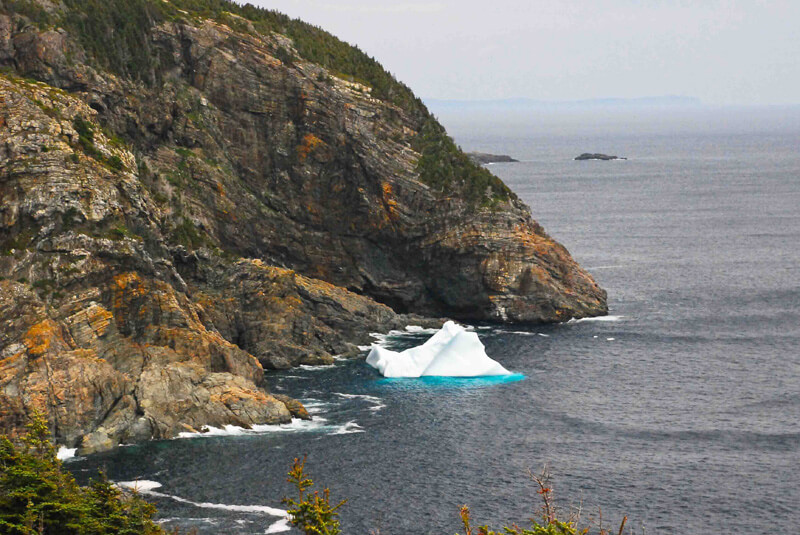

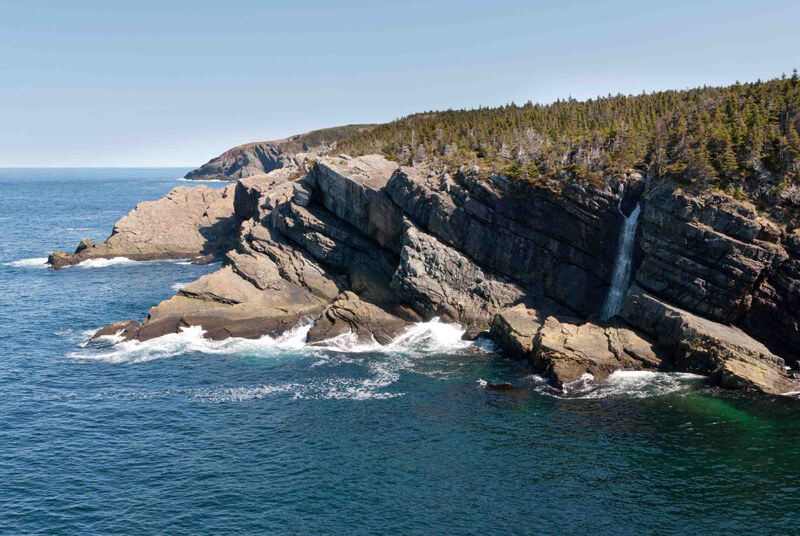
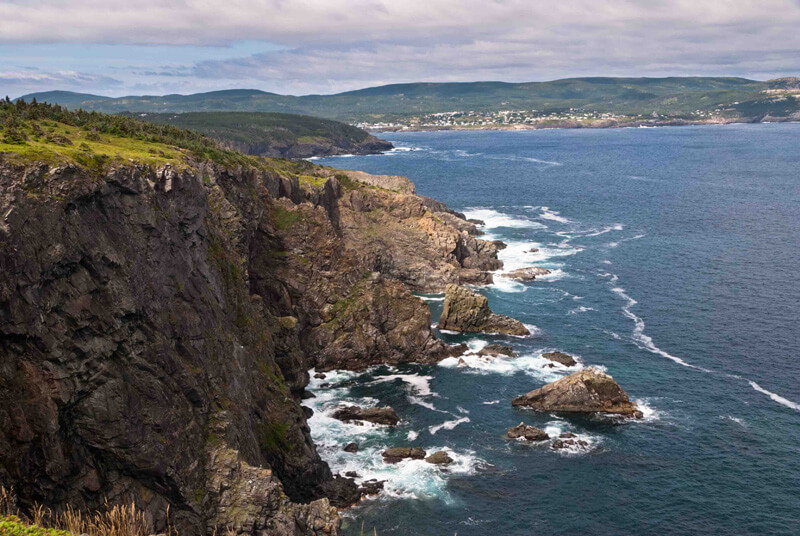

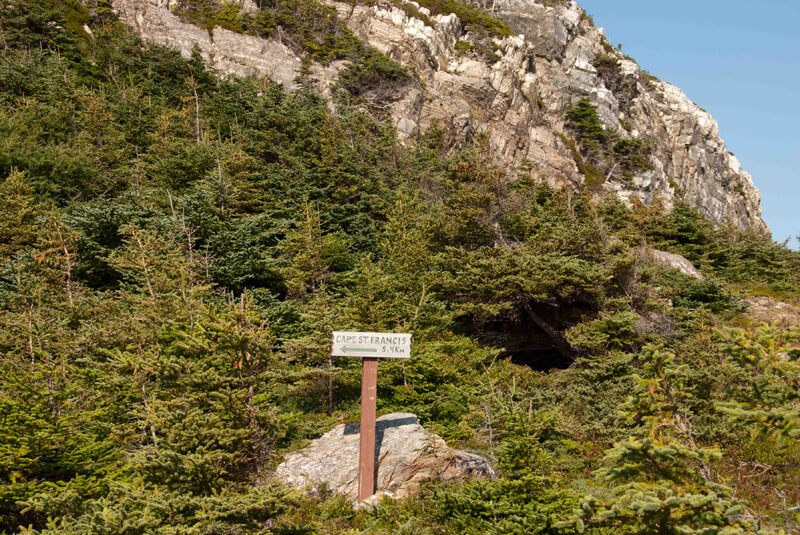
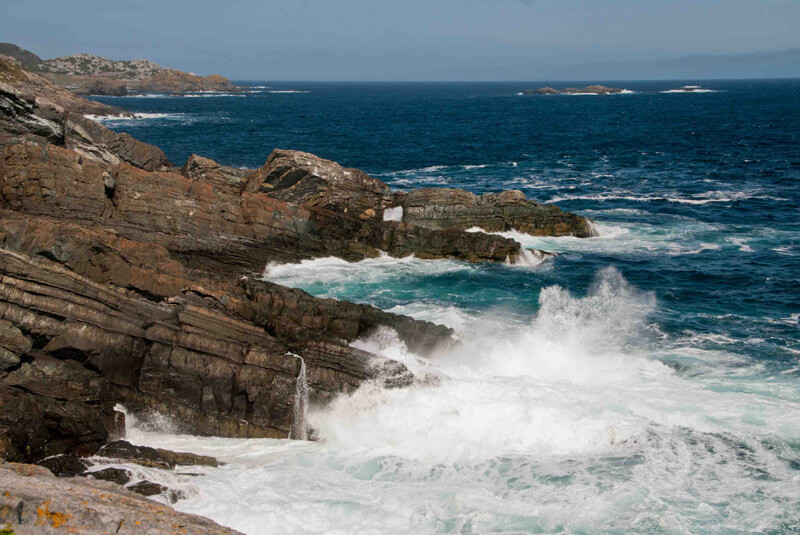
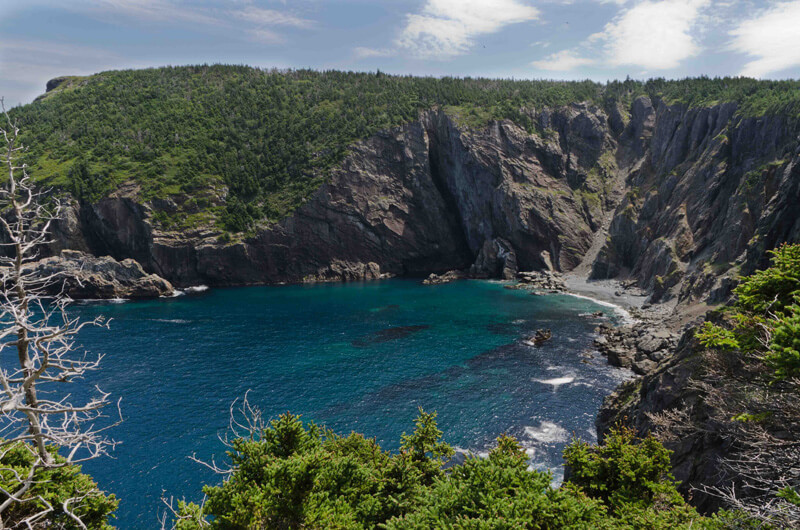
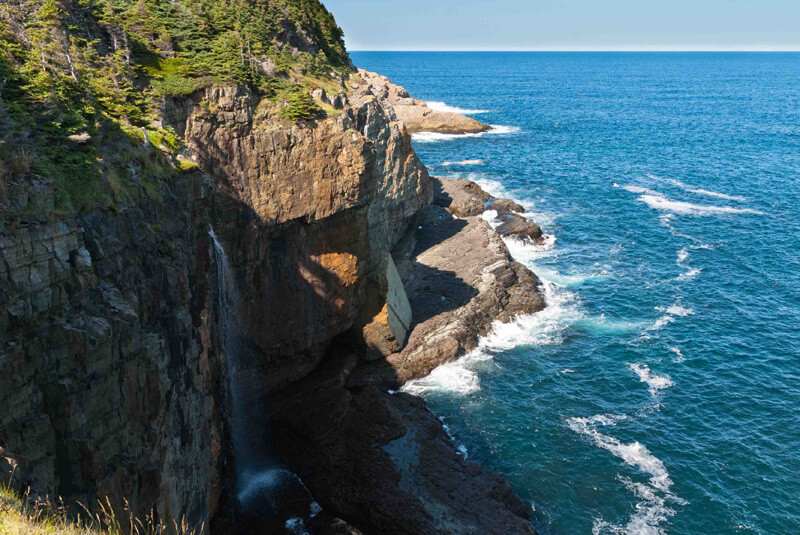
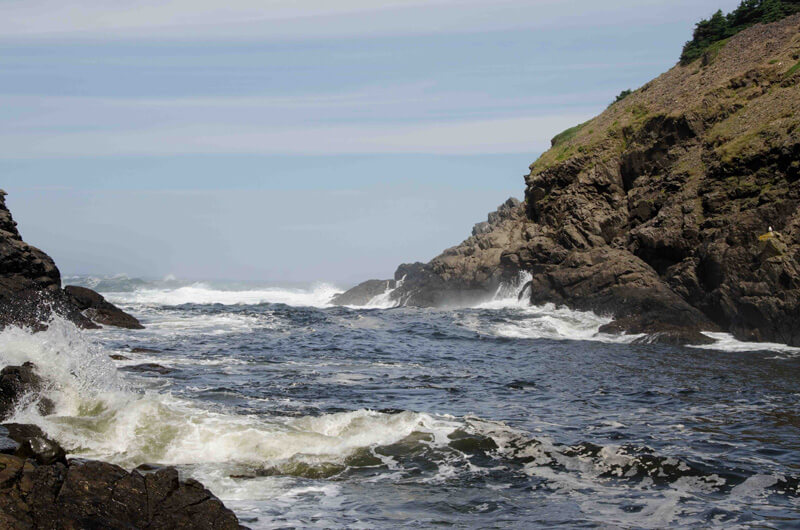
The Tolt & Berry Picking Grounds
Berry picking grounds are available in the northern and south-western parts of the Town. Following the Biscayan Cove path or the unassumed roads after Main Rd ends, you’ll find grounds for berry picking. Similarly following the path at the end Meetinghouse Rd leads to more berry picking grounds and the Tolt, a hill with a wonderful view of the Town and of the ocean
Heritage Society
Founded in the spring of 2009 the heritage society is a proud organization in the town that seeks to recognize the events that shaped who we are today and the buildings and sites that show us where we’ve been.
Learn about the rescue of the sinking ship, the Water Witch; join a heritage and storytelling night; or contact the society to discover their current roster of activities and events.
.
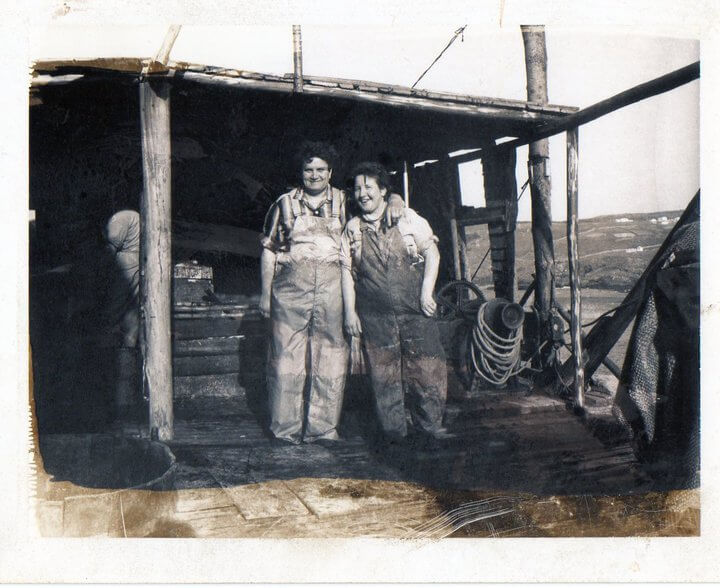
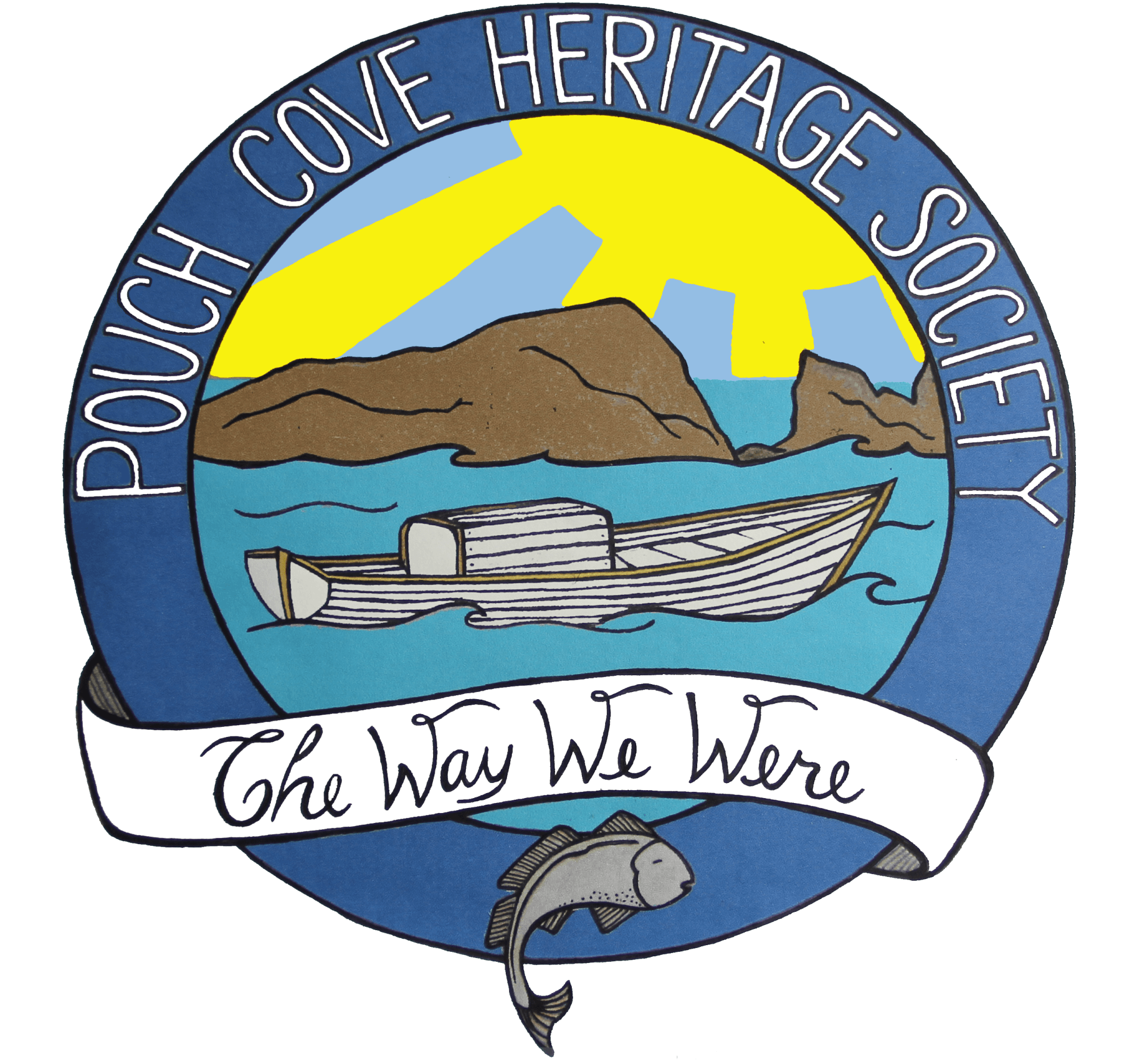

Marine Drive Provincial Park Reserve
The Marine Drive Provincial Park Reserve is a 15,000 acre nature reserve; it protects some of the province’s valuable ecological regions and contains portions of the East Coast Trail. Neighbouring the reserve is a campground, commonly confused for the reserve itself, and similarly called Marine Park by locals. The campground features a beautiful lake and activities for the whole family.
Accommodations
Be our friendly neighbour even if only for a little while. We’d love to have you in our town and experience all the little moments of wonder and awe that we are proud to call our everyday experience. Stay for a bit and meet the locals; our stories will amaze you.
